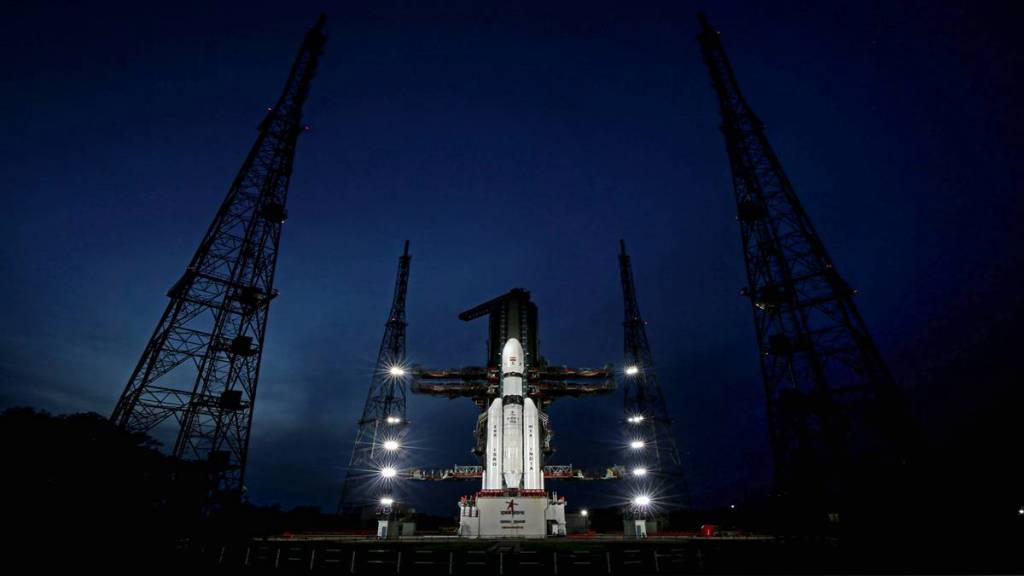Not only India, but the entire world is eagerly waiting for the successful third edition of India’s moon mission, Chandrayaan-3, on Friday. Here is a quick look at how the lunar expeditions evolved in the country over the years.
On August 15, 2003, the Chandrayaan programme was conceived by the Government of India. It was formally announced by ex-Prime Minister, the late Atal Bihari Vajpayee.
On October 22, 2008, the hard work of the scientists paid off when the maiden mission onboard the trusted PSLV-C 11 rocket of the Indian Space Research Organisation (ISRO) lifted off. PSLV-C11 was designed and developed by the Vikram Sarabhai Space Centre, Thiruvananthapuram.
It carried 11 scientific instruments. These were built in India, the United States of America (USA), the United Kingdom (UK), Germany, Bulgaria, and Sweden. For the Chandrayaan-1 mission, noted scientist Mayilsami Annadurai from Tamil Nadu led the project as the Mission Director.
At a height of 100 km, the spacecraft orbited around the moon. The mission achieved all the desired objectives.
Jubilant by the success, the Chandrayaan-2 mission was conceived. It was more complex as it carried an orbiter, lander (Vikram), and rover (Pragyan). The aim was to explore the unexplored South Pole of the “natural” satellite of the Earth.
On July 22, 2019, after the lift-off, Chandrayaan 2 was successfully inserted into a lunar orbit on August 20 (the same year). The Lander ‘Vikram’ successfully got separated from the Orbiter. It started preparation for the landing on the moon.
However, the mission failed. Scientists lost communication with Vikram. The Chandrayaan-2 mission failed to achieve the desired soft landing on the surface of the moon.
Chandrayaan-3 mission will try to achieve what Chandrayaan-2 mission could not! This time ISRO will try to master the soft landing on the surface of the moon. A successful landing on the lunar surface would make India only the fourth country in the world to achieve the feat. The other three are the United States (US), China, and the former Soviet Union.


